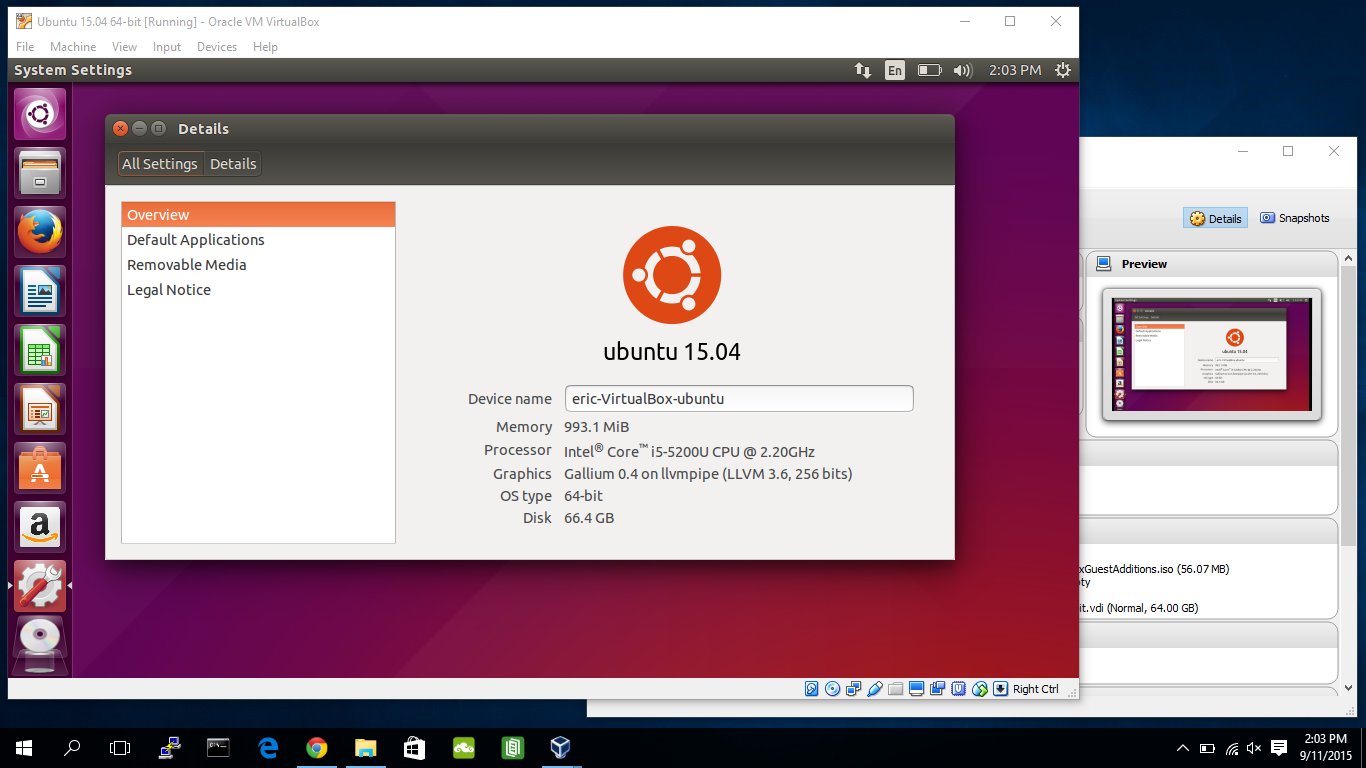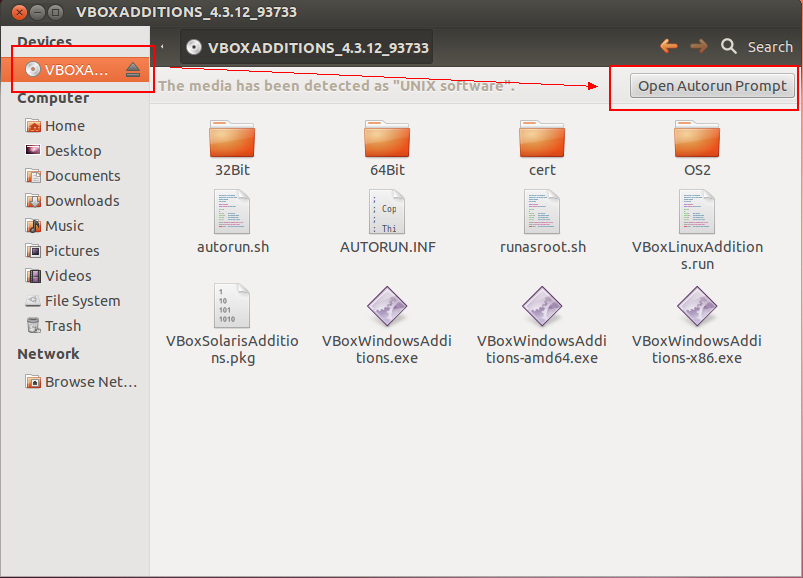


In the storage section, there is a sparse file option. If a HDD must be used, then pre-allocated all the storage, don't let it resize dynamically. I use fvwm.ī) Put VMs on an SSD, not a spinning HDD. If you would like a snappier experience,Ī) don't use the Gnome3 Desktop Choose almost any other DE version - xubuntu, lubuntu, Ubuntu-Mate and the performance should be much better. Graphics performance is not the same as system performance. And also with this notebook I am not able to play videos.Īs setting I used: VMSVGA, 128 MB graphic memory + 3D-acceleration (I don't know, if that's the correct word in english) As slow as my private-notebook with linux. Windows performance was good, vm+linux was 20 %. It shows a not very good performance of my notebook in windows-mode. I was running a website called speed-battle, I don't know if the results are accurate. Same Problem, and the all-around performance is maybe also a little bit lower. So I installed Budgie (focal fosa) on an USB-stick and booted from there. My idea was, I have a problem with virtual box. It doesn't matter if it's from my mobile self-recorded or from youtube. In every case I have no graphic performance.

I installed Oracle virtual box and some linux distributions: Now I have to use Linux on my job and tried to run it on my private notebook also. The result was always the same, I didn't get simple things managed. When the VM is off, go to the VM settings and make sure to have in the ‘Screen’ section the video memory at maximum (usually 128Mb) moreover the 2D and 3D video acceleration tick must be empty.As windows-user, I tried Linux in the last 20 years serveral times.

NOTE: as an alternative to the Additions command it is possible to ‘mount’ the additions disk on the VM directly from the Virtualbox tools menu a window will appear on the screen asking if you want to install the addons, you have to click on yes and reboot. The resolution should now change automatically, but if it doesn’t, just go to the control panel and screen settings: the dropdown will now be enabled. Install the VirtualBox Guest Additions apt-get install virtualbox-guest-dkms To change the displayed resolution at will, proceed as follows: You will have also noticed that going on the screen settings it is not possible to change this resolution from the dropdown. If you have installed Ubuntu Linux in a virtual machine on VirtualBox you will surely realize that by default its resolution is set to 640×480, very poor for any type of use.


 0 kommentar(er)
0 kommentar(er)
